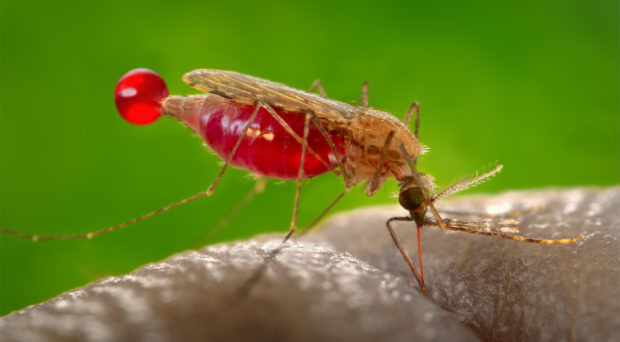Nigeria recorded over 24 million confirmed malaria cases in the first nine months of 2025, according to the 2025 National Health Statistics Report released by the Federal Ministry of Health and Social Welfare.
The report shows a steady increase in people presenting with fever and testing positive for malaria using Rapid Diagnostic Tests and microscopy throughout the year.
Quarterly Breakdown of Malaria Cases
The report provides a detailed quarterly view of malaria testing and confirmed cases:
- January–March: 10,517,416 people tested; 7,301,279 confirmed positive.
- April–June: 11,449,804 tested; 7,841,483 confirmed positive.
- July–September: 12,878,508 tested; 9,324,470 confirmed positive.
In total, 34,845,728 Nigerians were tested during the first three quarters of 2025, with 24,467,232 confirmed malaria cases.
Treatment Figures Reflect Growing Cases
Treatment with Artemisinin-based Combination Therapy (ACT) rose alongside confirmed cases:
- First quarter: 7,144,538 treated.
- Second quarter: 7,663,106 treated.
- Third quarter: 9,043,786 treated.
Overall, 23,851,430 Nigerians received ACT therapy in the nine-month period.
Seasonal Patterns and Ongoing Challenges
The data indicate that malaria peaks during the second half of the year, coinciding with the rainy season when mosquito breeding intensifies.
Challenges such as delayed treatment-seeking and limited healthcare infrastructure continue to increase the disease burden. Experts warn that without targeted interventions, malaria cases could rise further before the end of 2025.
The report also highlights progress made by the National Malaria Eradication Programme, with the Malaria Control Programme achieving significant milestones in testing, treatment, and disease management.



